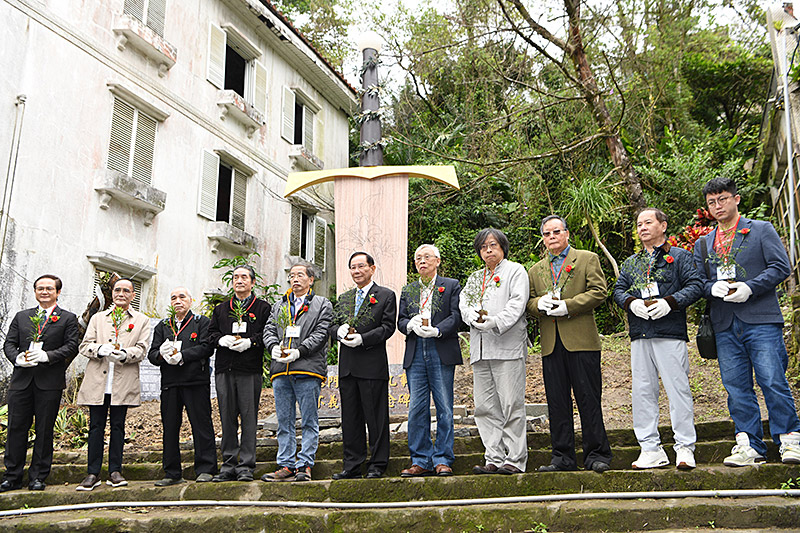Semi-synthetic artemisinin promises to boost global malaria gains
The UN World Health Organization has accepted the first semi-synthetic version of artemisinin, the key ingredient for malaria treatment globally, for use in the manufacture of drugs, boosting hopes that more people will have access to life-saving medication.

Artemisinin is usually extracted from the sweet wormwood tree, mainly grown in Asia.
With an estimated 219 million malaria infections and 660,000 deaths – mainly children under five – annually, the disease is one of the world’s biggest killers.
Until now, artemisinin, the key ingredient in the WHO-recommended first-line malaria treatment artemisinin-combination therapy (ACT), has only been available by extraction from the sweet wormwood tree, native to Asia. However, climatic factors have meant it has suffered from uneven supply over the years.
“Normally, artemisinin is sourced from a plant, which is affected by seasonal factors - now, we have a man-made source, which ensures a constant supply of the drug,” Anthony Fake, active pharmaceutical ingredients focal point for WHO’s prequalification of medicines programme, told IRIN.
Funded by the Bill & Melinda Gates Foundation, scientists at the University of Berkeley, California, were able to genetically engineer a strain of baker’s yeast to mass-produce the semi-synthetic artemisinin.
French pharmaceutical firm, Sanofi, which manufactures the semi-synthetic artemisinin, recently announced that it planned to “produce 35 tonnes of artemisinin in 2013 and, on average, 50 to 60 tonnes per year by 2014, which corresponds to between 80 and 150 million ACT treatments”.
Agencies involved in fighting malaria say they have big expectations for the new product.
“The production of semi-synthetic artemisinin will help secure part of the world’s supply and maintain the cost of this raw material at acceptable levels for public health authorities around the world and ultimately benefit patients… Having multiple sources of high-quality artemisinin will strengthen the artemisinin supply chain, contribute to a more stable price, and ultimately ensure greater availability of treatment to people suffering from malaria,” Scott Filler, senior technical adviser for malaria at the Global Fund to fight AIDS, Malaria and Tuberculosis, told IRIN via email.
According to Martin de Smet, who heads up Médecins Sans Frontières’ working group on malaria, the uncertainty of natural artemisinin’s availability has led to bulk buying and speculation in the market, leading to the price of the raw product varying widely - from US$400 per kg to $1,000 per kg - over the years.
He noted that the new development would have gains wider than ACTs: “It also opens doors to other forms of artemisinin use other than ACT, for example, artemisinin injections for severe malaria.”
Not a replacement
De Smet said it would be important for the supply of the natural version of artemisinin to continue alongside the semi-synthetic production.
“We hope that the message will not be that it will replace the natural product, because this would act as a disincentive to the farmers, who could stop producing their crops. It should be complementary, with a growing share of the market,” he added. “Hopefully, we will see the price of ss artemisnin matching the lowest price available for the natural product.”
Both WHO’s Fake and MSF’s de Smet say there is no need for concern over differences in efficacy or safety, as drugs manufactured with both versions of artemisinin contained the same active chemical ingredient.
“There is still a lot to do - pharm companies need to formulate the end products that they will produce based on the semi-synthetic artemisinin, and these then need to be prequalified by WHO - a bureaucratic process but one which ensures that the drugs are safe and effective,” he said.
“We don’t expect to see change overnight, but rather a gradual increase in the market share by companies manufacturing drugs using the semi-synthetic artemisinin - even if we see them getting 10 percent and eventually 20 percent, this will help ease speculation about the product’s availability and stabilize prices.”
source: IRIN
- 401 reads





